Infinite Challenge
Funerals across the world are similar in that they are events where family and friends gather to celebrate the memory of the deceased. But how does a Korean funeral service differ from those in other countries?
Here we will introduce the characteristics and peculiarities of Korean funerals, as well as must-know etiquette and procedures.
Festive Rather Than Gloomy Funerals
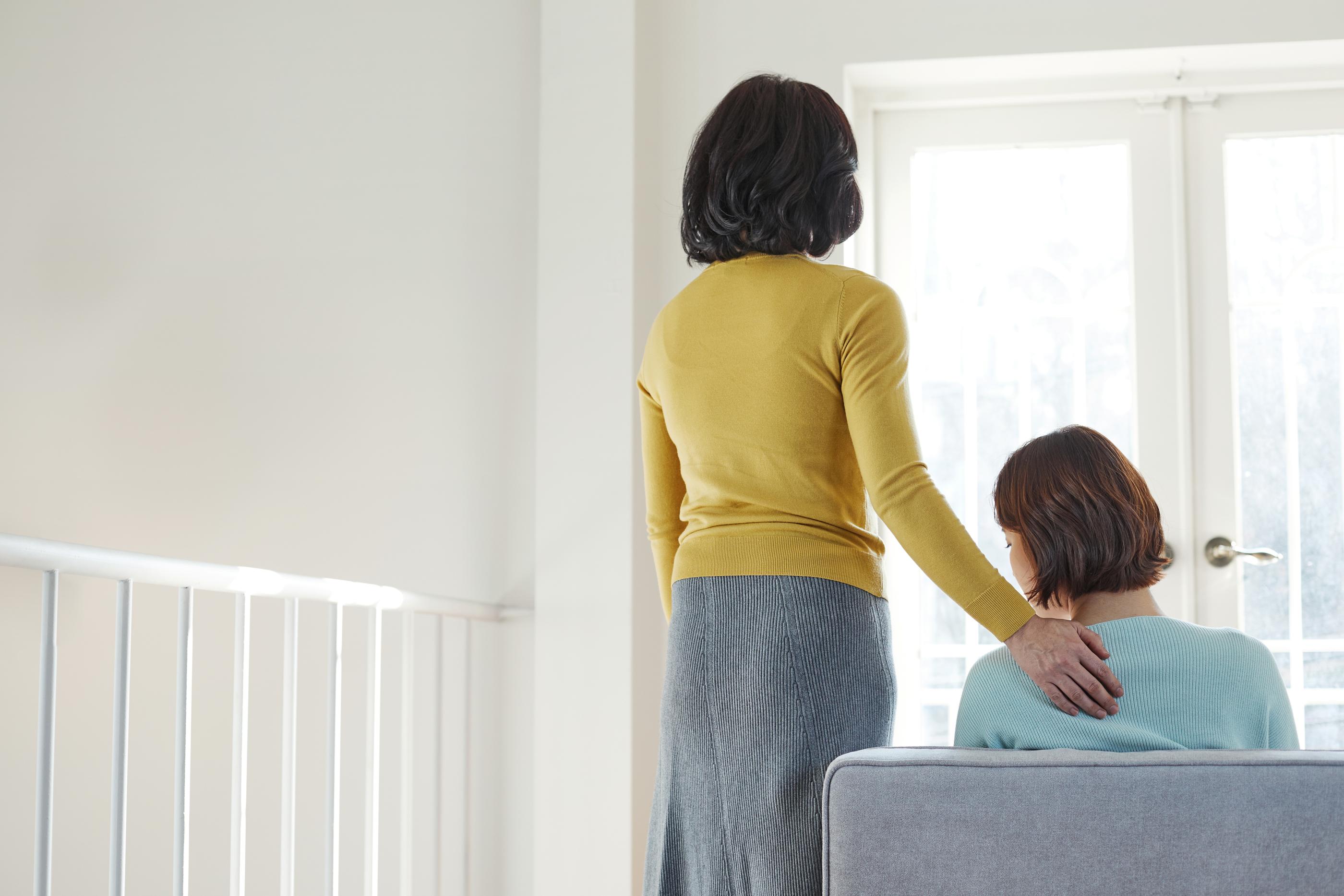
One of the characteristics of Korean funerals is that the atmosphere isn't that gloomy compared to other countries. Of course, tears and sadness is also common, but many Korean funerals are characterized by a more festive mood.
How come? Let’s have a closer look!
Korean Funerals Are Not Only For The Deceased
Koreans often attend funerals of distant relatives or those of their friends’ grandparents. In both cases they might have hardly or ever seen the person who passed away. So why do they attend the funeral service of more or less strangers?
Most often, it is to give support to the people around them who had a closer connection to the deceased: to family members or friends concerned who might be grieving and feeling sad.
Although guests might feel sad for the ones immediately concerned, staying cheerful is a way to try to raise the spirits of friends who have lost a loved one. Therefore, guests are likely to put up a brave front and not show any direct sign of sadness.
In other words, Korean funerals or not only for the deceased, but also for the ones still alive.
Drinking And Playing Card Games
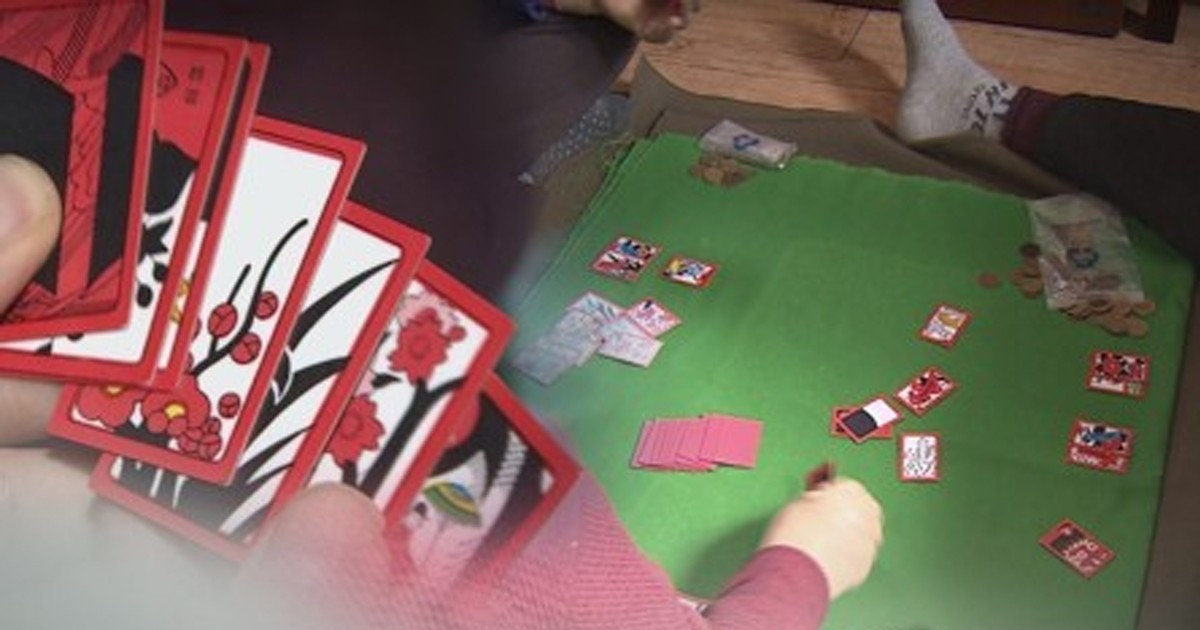
You commonly see people at funeral service halls playing Go-Stop (Also called Hwatu, a traditional Korean fishing card game). At first, it may seem insensitive to play card games at a funeral, but there is a deeper meaning to it than just entertainment.
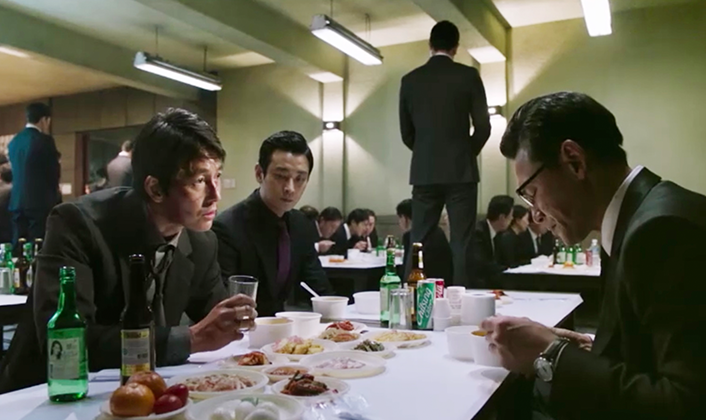 Asura: The City of Madness
Asura: The City of Madness
Traditionally, a Korean funeral would last two nights and three days, during which time the bereaved family and close relatives and friends would get next to no sleep at all. In order to stave off physical fatigue and as a way to greet and socialize with mourning guests, they would play many rounds of Go-Stop.
Furthermore, a Korean funeral hall consists of a room with a memorial altar as well as a larger reception room. It is considered polite to remain in the reception room until late as a way of showing support, and having a glass of soju or playing cards are socially accepted ways to spend the time there.
Eating At Funerals
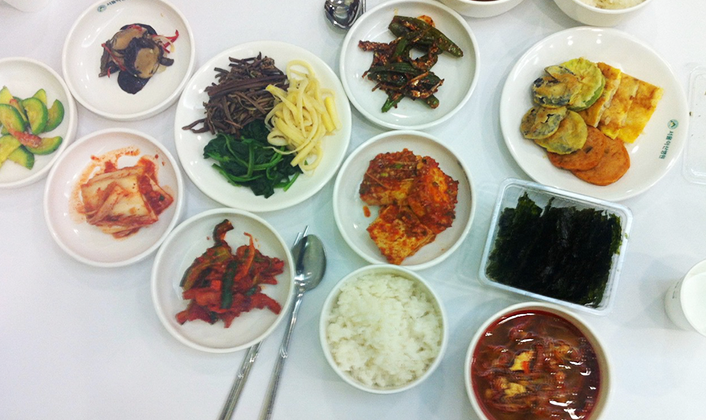
If you go to a Korean funeral, don’t be surprised if you are offered something to eat. Preparing a simple meal is a way for the bereaved family to show their gratitude towards funeral guests. It is considered good manners to eat the meal that has been offered, no matter how busy you may be.
The meal often is simple: you are likely to receive yukgaejang (spicy beef soup), jeon (Korean pancake), boiled pork slices and fruits.
The “non-gloomy” Korean funeral described above has been a part of Korean tradition for a long time.
We can trace the origin of this tradition in “dashiraegi”, a funeral play which has been designated an intangible cultural property. The dashiraegi play, full of funny stories and songs, was performed at funerals in the past in order to give comfort to the bereaved family.
Song lyrics and dialogues in the play were often along the lines of: “We heard that there is a party in this house, so let’s have a jolly good time!”. It sounds almost a bit offensive, but it was probably a way for Koreans in the past to process the grief after losing a loved one.
The dashiraegi play is not performed during funerals anymore, but the culture of non-gloomy and bustling funerals lives on.
We can get a glance at a modern Korean funeral in the K-drama “My Mister”, where IU stars as one of the leads.
At the funeral of the grandmother of Ji-an (IU), the mood is initially very quiet and sad. Sang-hoon feels bad for Ji-an and decides to order an abundance of funeral flowers. and also ask friends and acquaintances to drop by to cheer up Ji-an.
Guests show up in large numbers, drinking and enjoying themselves. When IU’s long-time friend, the elderly janitor, sees the commotion he says: “Your grandmother is very lucky”.
Manners & Etiquette For Korean Funerals
So how should you behave during a Korean funeral?
How should you greet people? What to wear? And what about condolence money?
Condolence Money
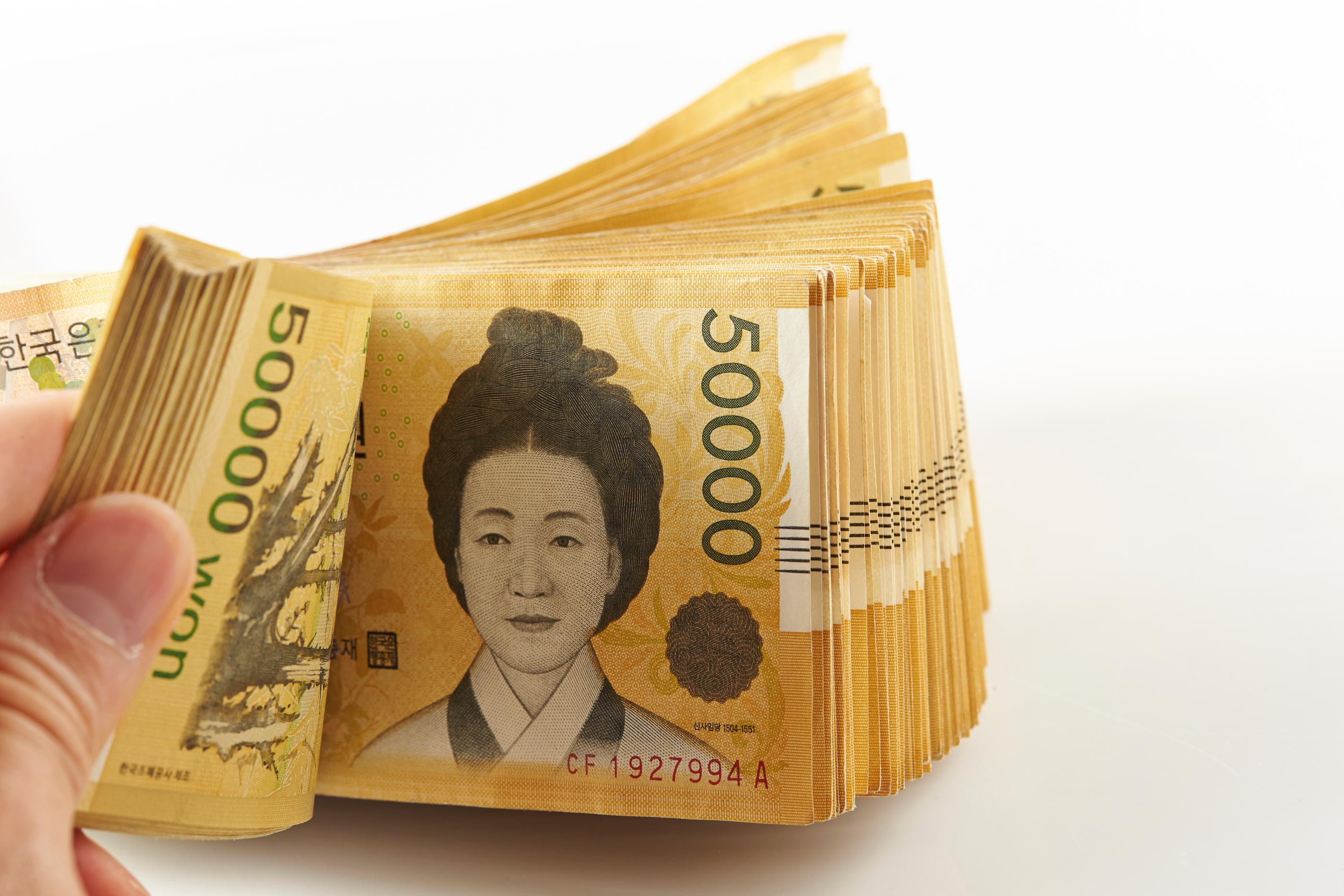
If you attend a Korean funeral, you are expected to bring condolence money. Traditionally, it is considered auspicious to give money with odd numbers: 3, 5, 7 and 10 (10 is included since you get it by adding the lucky numbers 3+7). Korean paper money is counted in tens of thousands, so add 4 zeros to each number.
Because of inflation, recently it is considered good manners to give 5 or 10, in other words 50,000 or 100,000 won. If you aren’t very close to the family of the deceased, 50,000 won is enough, whereas you may be expected to give 100,000 won or more if you are close to them.
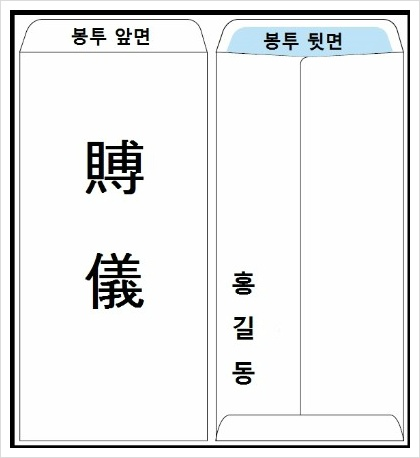 Coupang
Coupang
The Envelope Is Equally As Important
Once you have decided on the amount, you put the money bills in an envelope. But it doesn't end there: you also have to choose the proper words.
On the front of the envelope, you should write any of the words 부의(賻儀), 부조(謹弔), 추모(追慕), 추도(追悼), 애도(哀悼), 위령(慰靈).
These are different words for condolences. On the back of the envelope, you should write your name, usually vertically. Some also write a short message or a pray to the departed on the right side.
 Traditionally Koreans would offer condolence money after having bowed to the chief mourner (the one who organizes the funeral, often the first son). But recently it is more common to hand over the envelope at the entrance after having written one’s name in the guest book.
Traditionally Koreans would offer condolence money after having bowed to the chief mourner (the one who organizes the funeral, often the first son). But recently it is more common to hand over the envelope at the entrance after having written one’s name in the guest book.
What To Wear
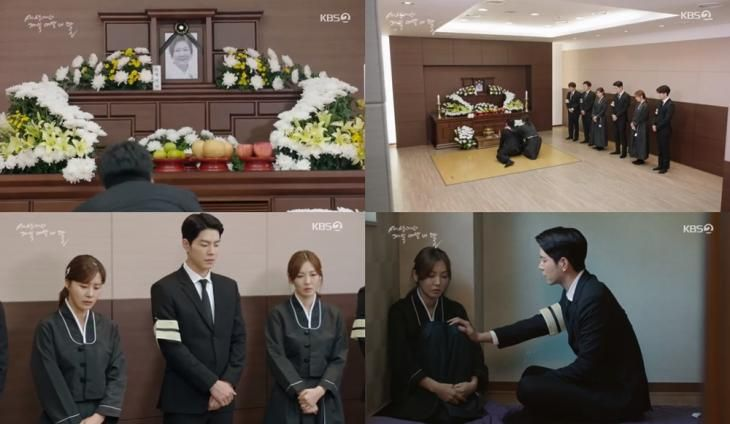 Mother of Mine
Mother of Mine
Family of the deceased: Typically, men wear black suits, and women wear black hanbok. The chief mourner is usually seen with an armband, and women often wear a white ribbon hair pin.
Funeral visitors: Black suits or suits in dark colors are recommended. Bare skin can be frowned upon, so if you wear a skirt, you should use stockings. If you wear pants, make sure to also wear black socks. Also try to avoid slippers or sneakers and instead go for more formal shoes.
Entering The Altar Room
Family members of the deceased often meet the visitors at the entrance. When you arrive, first offer a light bow to the chief mourner and then write your name in the guest book. At this time, you also hand over the envelope with your condolence money.
Don’t try to shake hands with the chief mourner! Handshakes are seen as an expression of delight and is not considered proper for funerals!
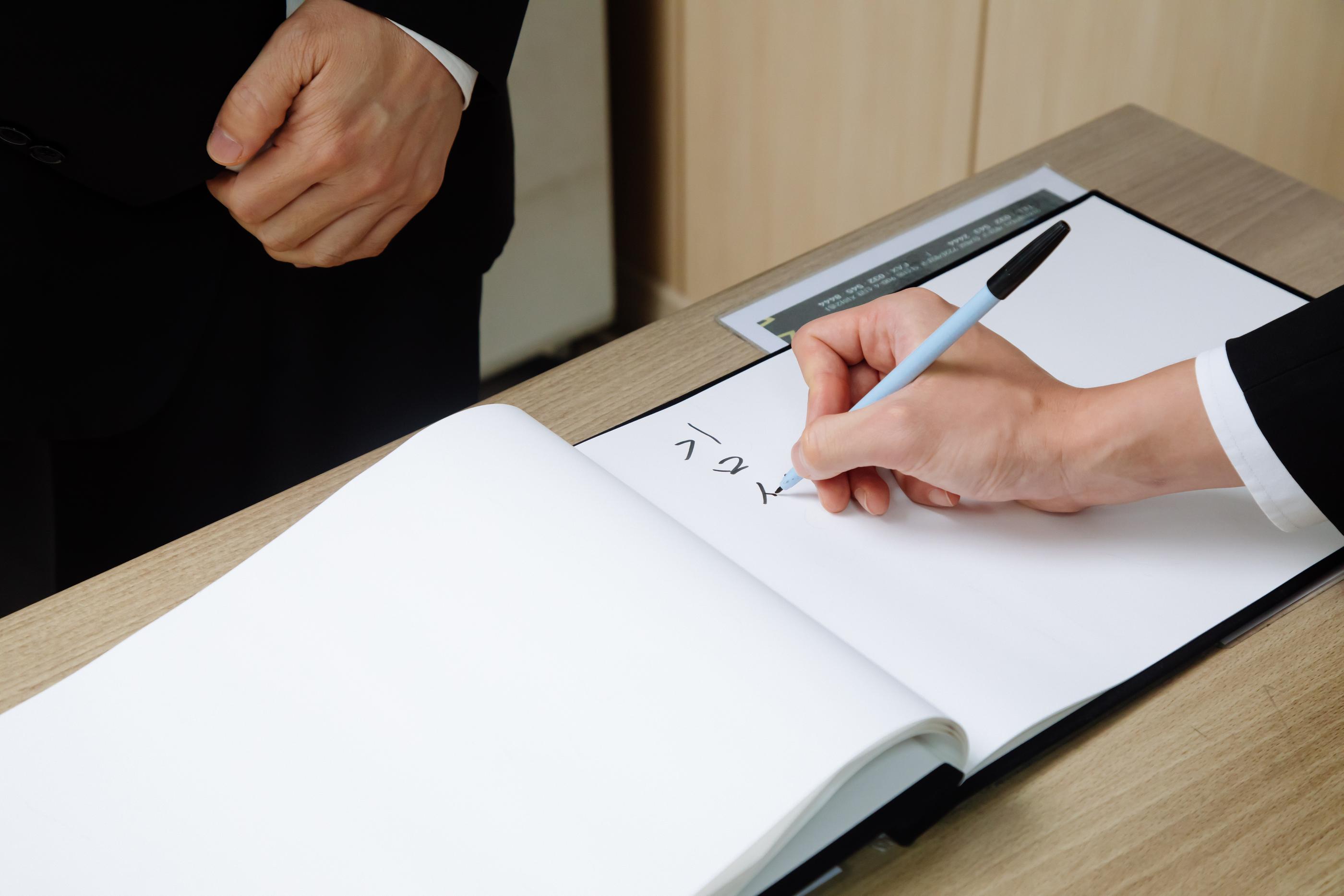
If you have already exchanged greeting with the chief mourner, take off your shoes and enter the altar room. Walk toward the portrait of the deceased and burn incense or put a chrysanthemum on the altar.
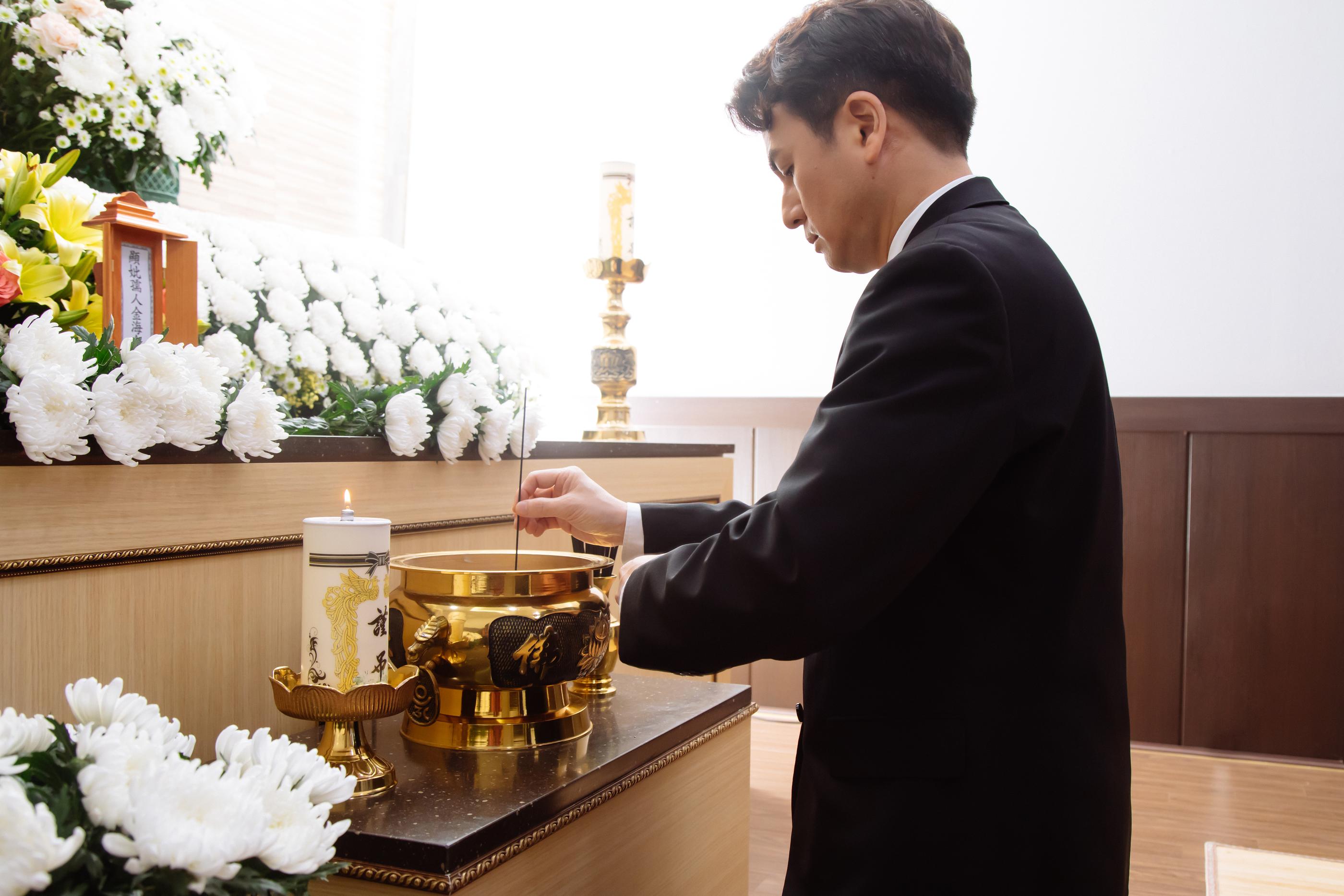
After offering incense or a flower, you should bow to the portrait of the departed. Put your one hand on top of the other and raise them to eye-height, after which you kneel and make a deep bow until you reach the floor.
The number of bows is also important. When you bow to someone that has passed away, you do it two times. For occasions such as Lunar New Year, when you offer bows to family members that are still alive, you would instead do it three times.
 My Mister
My Mister
Mourning Period
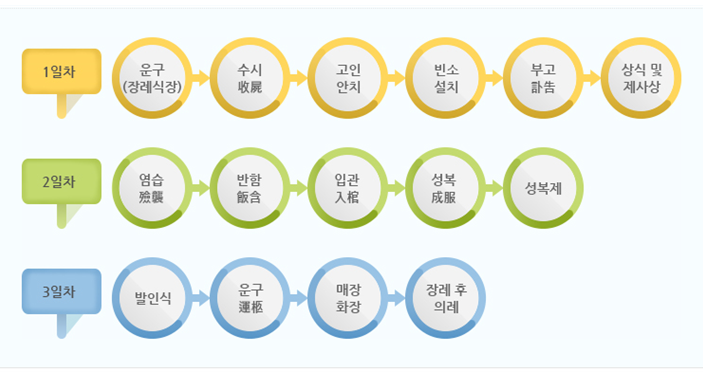
Korea Funeral Culture & Policy Institute
A Korean funeral usually stretches over three days, after which the deceased is usually cremated. Traditionally, only close family and friends attend this last service.
After the body has been cremated, the bones are collected and stored in a container which is handed over to the family. The bones are then usually either buried in the family grave or put to rest in a charnel house.
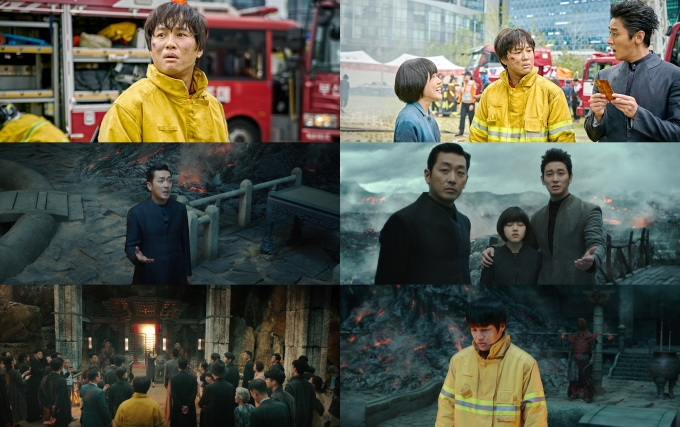 Along With The Gods
Along With The Gods
For practicing Buddhists, there is a mourning period of 49 days, after which the 49th Day Rite is held. If you have seen the movie Along With The Gods, you might recall that the character was judged in the world after death for 49 days.
At the 49th Day Rite, the family will burn clothes and items of the deceased and hold a ceremony, making sure that the deceased has no lingering regrets toward the world of the living.
We hope that you have learnt something about Korean funerals after reading this article. Have you ever attended a Korean funeral? Feel free to leave a comment about your experience!
If you have questions or comments about the blog post, please leave a comment below or email us at help@creatrip.com.

